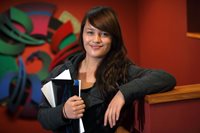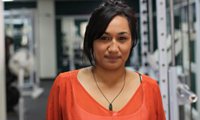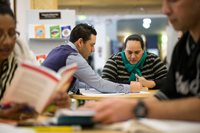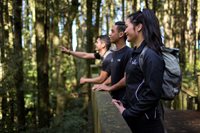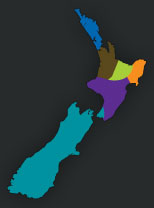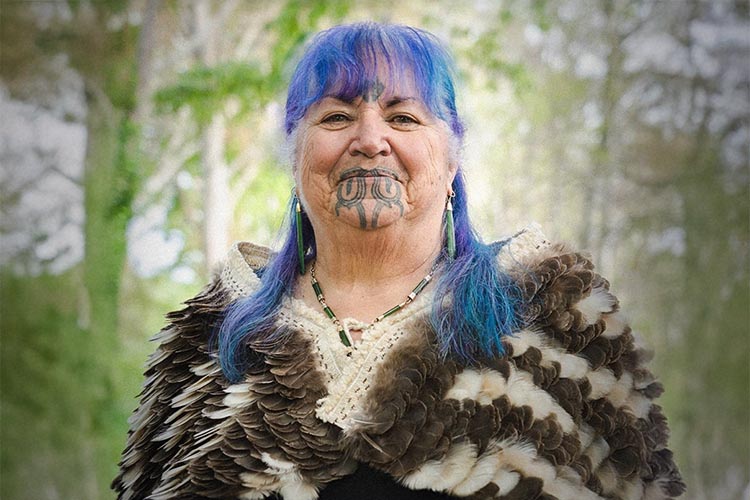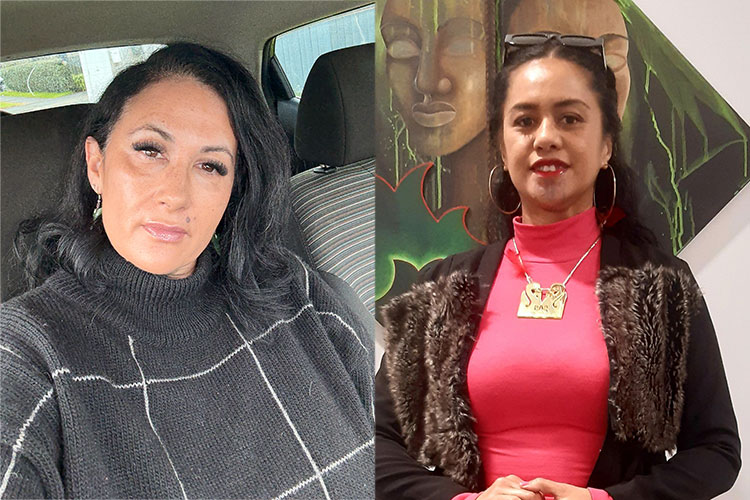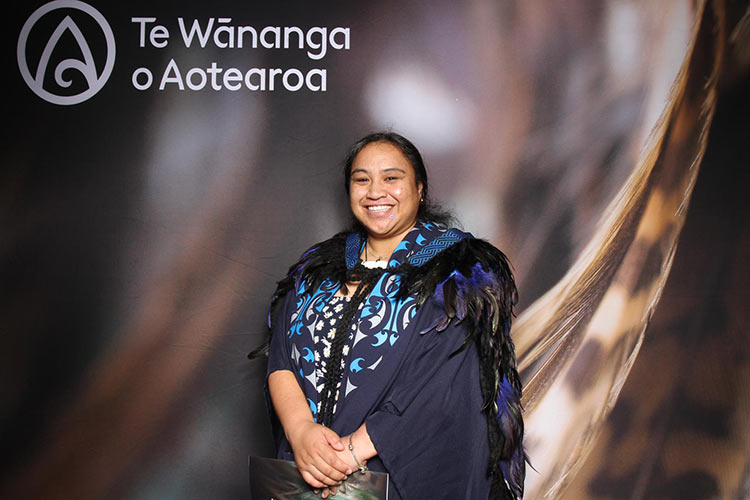New Zealand’s largest provider of te reo Māori education is opening a new campus site in Ngāmotu (New Plymouth), providing newly renovated teaching and learning facilities for tauira (students) and kaimahi (staff).
An official opening of the new Wharekura campus in Spotswood; New Plymouth occurs this Friday with a karakia and ceremony that will be attended by more than 100 people.
The current lease and operations at Rangiātea campus which has served our teaching and learning needs since 2003, will come to an end with the move to the site at 150 Ngāmotu Road with classes to start on Monday (October 5).
Te Wānanga o Aotearoa Te Taiurungi (chief executive) Te Ururoa Flavell says the 1000m2 campus offers an enhanced experience, learning and working environment for both its tauira and kaimahi.
“Our Ngāmotu Wharekura is a significant improvement as a facility on both a practical and functional level,” he says.
“Te Wānanga o Aotearoa invests considerable effort and resources into ensuring our learning spaces meet the needs of the communities they serve. Our new campus enables a higher level of
quality teaching and a much-improved learning environment and experiences our tauira deserve.”
The APG architects-designed site features administration and office areas, five classrooms, a cafeteria and dining area.
It has recreational, open access and common spaces and adjoins the Herekawe reserve walkway and has 50 car parks.
Te Wānanga o Aotearoa offers te reo Māori programmes from levels 2 to 6. Other classes including tikanga (protocol), raranga (weaving), rongoā (traditional Māori medicine) and business
will continue.
Mr Flavell says the new campus is future-proofed for potential growth and development and this shows Te Wānanga o Aotearoa’s long-term commitment to the region.
“Te Wānanga o Aotearoa has provided educational opportunities for the community in Ngāmotu since 2003. We’ve led the way in delivering classes in mātauranga Māori and te reo Māori,” says
Mr Flavell.
“But our new campus and its facilities give us a great opportunity to further connect with industry and to expand our curriculum. We also hope to offer more options for young people, including
targeted foundational learning and vocational training in the future.”
“We believe this modern, well-equipped delivery hub will not only attract tauira to study programmes with Te Wānanga o Aotearoa, but it will also allow them to learn in a setting that’s
conducive to attaining success in a tertiary environment.”



